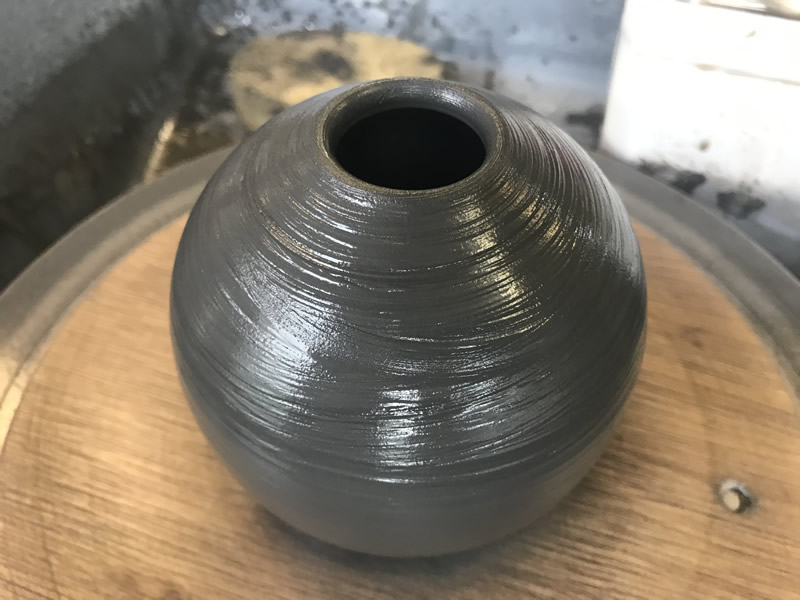
Burton-in-Lonsdale used to be known as Black Burton. Most people think this was due to the amount of smoke arising from the coal fired kilns of the local pottery industry. However Stoke had far more potteries than Burton and it was never referred to as Black Stoke.
A far more likely, though understandably less popular, reason for the “black” prefix was due to the morals of the people living there. The potteries would have employed a lot of men and it would have brought a concentration of young men into the area working in what were essentially small scale pottery factories. The potters were fiercely competitive with each other and with the other potteries. Is it possible that these men perhaps could have introduced “black” habits such as an over indulgence in alcohol, non-attendance at church, blasphemous language and cock fighting? There were certainly as many pubs as potteries in the village. Here are some extracts from the Lancaster Guardian of 21st August 1875 perhaps confirming this view, though diplomatically defending the morals of the then “present” potters.
“Without any intention to make the Burtonians of a past generation more vile than their neighbours, it may be said that rudeness and cruelty were mixed up with many of their amusements”
The article goes on:
“Cock fighting was the crowning sin and the most brutalising practise of the past generation.”…….”This love of cock fighting led to much drinking, quarrelling and dishonesty.”……..”There was such a demand for fighting cocks that the immediate neighbourhood could not meet it and consequently it was a risk for anybody to keep a game cock within a dozen miles of Burton. Some of the lovers of this inhuman diversion, when a “gam cock”, as it was called, had been sighted set at defiance locks and bars, law and parish constables. Some of these game cock stealers were known to travel as far away as Kellet, Sedbergh and Nook near Kendal, and as many as 17 cocks have been the fruits of one night’s plunder. The stolen cocks used to be kept in the potteries, and, for a time, covered under large pots.”
“Rudeness of speech and unmannerly conduct at Burton-in-Lonsdale are now, comparatively speaking, a thing of the past. There was a time when few persons, especially on a Sunday, could enter the village without being called some offensive name. “
“The potter’s song of the past would not apply to the present class of potter. “The Bull (inn) will break all the Burton pots and drink the Fountain (inn) dry. It will turn the Punch Bowl (inn) wrong side up and make the Hen and Chicken (inn) fly.”
A third possible reason for the name Black Burton and, I have to admit, that this is my own theory, is that the local terracotta clay, dug up at Mill Hill near Greta House and used by all the Burton potteries, is in its raw processed state black in colour. The Burton potters used to refer to it as “black ware”. When you dig it from Mill Hill (and I have done this numerous times) it is a grey colour. It only turns black when you process it by grinding it down, turning it into a thin liquid, passing it through a sieve and then drying it out again. The photo with this post is of freshly thrown Burton “black ware”. I am told that the reason the clay is black is because it has oil in it, which I’m guessing would contribute to fuel in the firing process. The clay throws really well and fires to a light red colour.
